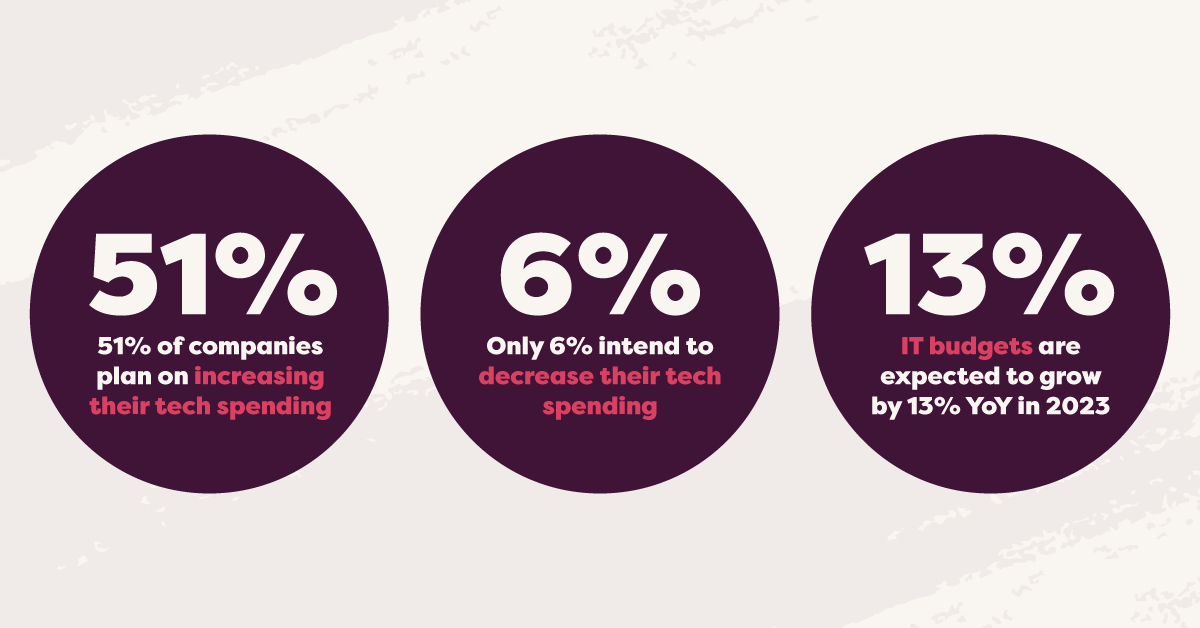Show me an industry with an image problem, and I’ll show you an incredible marketing opportunity.
I have always loved writing for the underdogs…those businesses that are inscrutable to outsiders, those that are poorly served by traditional marketing tactics, and most especially, those that people either find off-putting or boring.
Without fail, these companies have survived because what they provide for their customers is already tough to beat. There’s inherent value there. All you have to do is pair it with savvy branding to generate the kinds of profits that are all kinds of fun for a marketer to splash on social media — and more importantly, to give a business the attention it deserves.
How does branding drive sales?
Most of us don’t like the feeling of being marketed to. We consider ourselves to be above it, but I can assure you that even we marketing professionals are just as susceptible to branding, because, for the most part, we’re human.
I once insisted that brands didn’t matter to me, and as proof, I remember telling a friend that I didn’t need a car that could go from 0 – 60 mph in 2 seconds or made me feel rich. What I needed was simply a reliable, no-nonsense car that would start in the winter and get me and my rescue dog safely from point A to point B.
So…can you guess what kind of car I drive?
You can if you know that I just basically articulated Subaru’s brand messaging. I totally bought “the dog mom car.” I bought it hook, line, and sinker. It was a giant self-own, but one I learned a great deal from.
Branding drives sales because it serves as a shortcut for making difficult purchasing decisions. Instead of trying to research every make and model of car available to me for a specific price point, Subaru basically spoon-fed me that their brand was a natural fit. It saved me quite a bit of work, and I felt more confident in my decision.

Why branding is essential for technology service providers
A strong brand that people trust and relate to is especially helpful when selling to exceptionally busy people, like small to midsize business owners who have enough to do without having to worry about, say, their cybersecurity. The same is true for the regional healthcare director who is far too worried about HIPAA compliance to spend a week researching managed print solutions, and the busy CIO that desperately wants a solution for their overburdened IT team.
When done well, branding should help people come to the right conclusion about your business and what you have to offer faster. The look and feel of your brand also puts a face to your business and helps your customers feel more connected to your company and what you stand for.
Competition is already heating up for B2B technology service providers, and many have recently upped their marketing game to grow their client base. But even if some of your competitors got a head start, branding can still help you rise to the top.
Clever branding can help drive sales by:
- Helping your business stand out from the crowd (in a good way)
- Establishing a consistent brand image that builds trust
- Allowing you to frame your advantages for potential customers
- Helping you forge deeper long-term connections with your customers
Why tech marketing is about to pay off
First, some bad news — economists and investors are bracing for a recession in 2023.
Now for the good news: businesses see technology as a way to weather the storm.
Here are a few stats that might brighten your day:

Your potential customers already see technology as their ticket to save time and money, increase productivity, serve their own customers better, provide a better employee experience, and basically everything else anyone in this business has been telling them for years. And now that a recession is prodding them, they’re ready for a great technology provider to basically shut up and take their money.
But this buyer is busy, they’re worried, and even if they’re a CIO, they don’t have a ton of time to research the ins and outs of 10–20 different providers.
I think you see where I’m going with this. The technology providers who cash in are going to be the ones with a great brand — the ones that stand out, the ones that make it easiest for their customers to find them, relate to them, and want to click that shiny “Learn More” button.
SaaS marketing vs. other technology products
Ten years ago, sales reps spent a good amount of time educating each potential buyer about the cloud. Now the cloud is just how most business gets done. It’s the “aaS” end of the conversation that still requires quite a bit of time.
Everyone gets that first S: software — only instead of a one-time buy, it’s a subscription. But that single shift changes a lot. Technology providers now have to maintain long-term relationships with their customers instead of just selling a product now and then.
Then there’s the “as a Service” tail, which means customers will need to trust that their provider will be responsive, help them secure their data, and make sure they get the most ROI from their subscription. SaaS solutions are often complex, robust tools that need a bit of heavy lifting. So customers also will require more education about what these tools will do for them and how they can secure their data while using them.
We’re no longer talking about a casual, transactional relationship here. We’re talking about long-term, closer relationships…bordering on mentorship. For businesses that are looking to reduce staff and outsource this labor to get through a recession, there will be more interdependence. They’ll need to feel a kinship and a comfort level with you if you’re gonna be all up in their business. And that means if you haven’t already, it’s time to get smart about branding.
Finding branding inspiration
Your brand is about more than just what you sell. In the end, it’s how your current and potential customers see you. First impressions are important in any relationship, and your website will typically make your first impression for you.
It’s tough to look at yours with fresh eyes, but if you can, view it like your potential customers do. Now, I love technology folks, and I generally find them to be charming, funny, hard-working, and incredibly devoted. The technology industry, however, tends to come across as being full of cold, aloof know-it-alls who speak in jargon all day long and dislike working with other people.

Don’t hate the messenger. Just…look at your website again. Is it possible you’re giving off any of these signals? If so, fix it. Then look at your competitors’ websites. Does your website look and feel almost interchangeable with theirs? Then your customers will probably see you as just more of the same.
When your industry has a PR problem, you know exactly what not to do, and can steer hard in the opposite direction. And if the service element of your business is going to be more important than it used to be, that type of language should feature more prominently in your brand messaging.
You also might try to think of a brand — even one outside your industry — that gives customers the impression that you’d like your company to give. It’s only a starting point, but I find that standing out often takes a bit of courage, and it’s helpful to find validation where you can.
How to create strong brand messaging
At Vye, we talk a lot about empathy-based marketing, which seeks to understand a group of buyers, the problems they’re trying to solve, and the emotions that ultimately lead to purchasing decisions.
95% of our purchase decision-making takes place in the subconscious mind. If you have any doubts, take it from me — I’ve spent years in the shopping television industry. Features and benefits don’t sell. It’s well-crafted stories and images that blow up a call center.
To create strong brand messaging, it’s helpful to know five things:
- Who you really are as a company, what you do well, and what you don’t do so well
- What problems your potential customers are trying to solve — tangible and intangible
- How your business helps them solve all of these problems better than your competition
- How your customers want to be talked to
- How your competition is talking to them
And while we proudly use ChatGPT to get more done for our clients faster, your brand messaging should absolutely not sound generic.
When a potential customer looks at your website, it should seem like they’ve magically found exactly the trusted guide they’re looking for that’s going to help them do more than they thought possible. Now, we all know that “magic” is just a little SEO and algorithmic pixie dust. But that perfect trustworthy guide part, that’s all you and your messaging.
Making the most of the 2023 tech boom
If you’d like to put up some impressive numbers, this is definitely the year to do it.
Our brand messaging guide was designed with B2B businesses in mind. And if you’re curious about the kinds of sales-qualified leads a numbers-driven marketing agency could throw your way, we’re here for that too!

